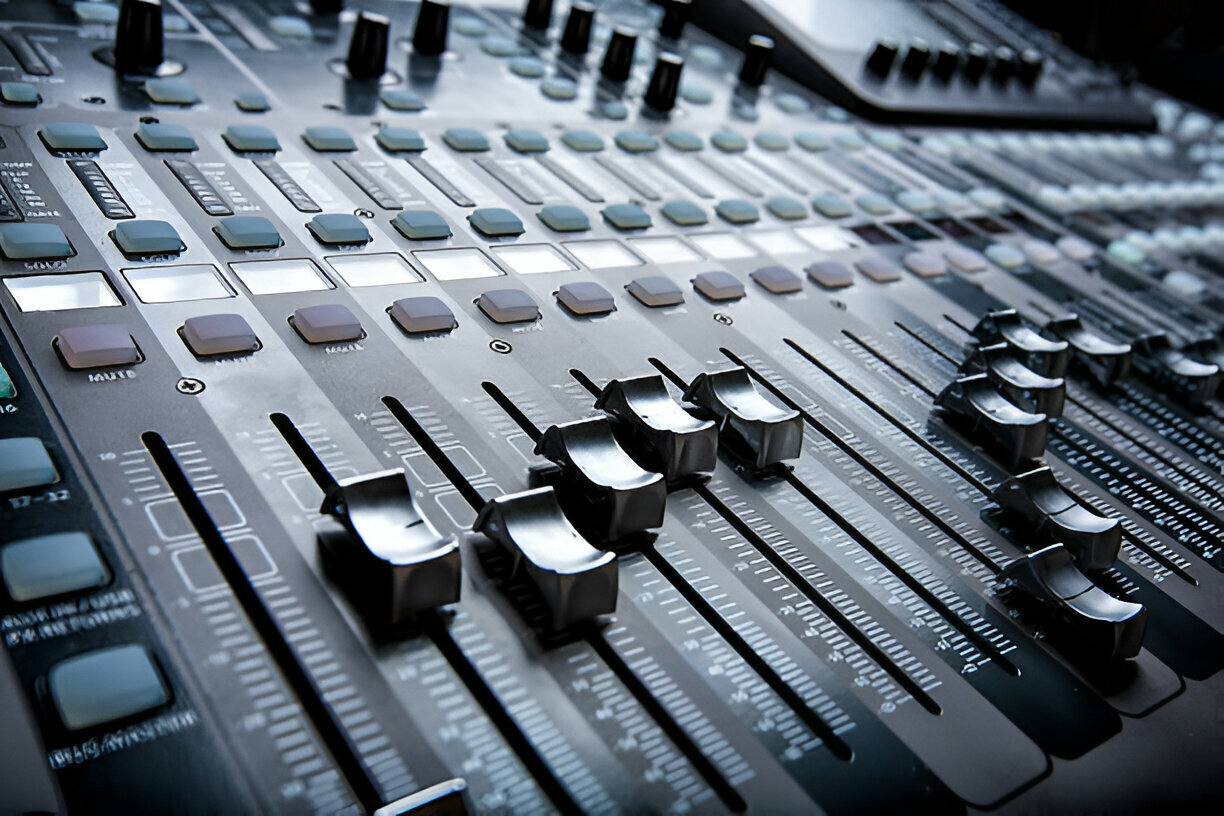Page Contents
Introduction to DMX Signal Flow
Lights, camera, action! If you’re in the world of stage lighting and event production, you know that a seamless DMX splitter flow is essential for delivering stunning light shows. In this fast-paced industry, optimizing your DMX setup can make all the difference between an ordinary performance and a show-stopping extravaganza. One key tool in achieving peak performance? Splitters. Let’s dive into how these unsung heroes can take your DMX signal flow to the next level!
Understanding Splitters and Their Role in DMX Setups
When it comes to DMX setups, understanding the role of splitters is crucial. Splitters are devices that allow you to split a single DMX signal into multiple outputs, ensuring that all your lighting fixtures receive the control signals they need. They serve as distribution hubs in your setup, helping to avoid signal degradation and loss over long cable runs.
By using splitters in your DMX setup, you can effectively expand your lighting system without compromising on performance. Whether you’re running a small event or a large production, splitters play a key role in optimizing signal flow and maintaining consistency across all connected fixtures.
It’s important to choose high-quality splitters that can handle the demands of your setup. Look for features like isolated outputs, signal amplification capabilities, and robust construction to ensure reliable performance during every show.
Incorporating splitters into your DMX setup not only simplifies cable management but also enhances the overall efficiency and reliability of your lighting system.
Benefits of Using Splitters for DMX Signal Optimization
When it comes to optimizing DMX signal flow, using splitters can offer a range of benefits. One key advantage is the ability to expand your lighting setup without compromising signal strength. By distributing the DMX signal effectively, splitters allow you to control multiple fixtures with precision and consistency. This not only simplifies the wiring process but also ensures that each light receives the necessary data without delay.
Another benefit of utilizing splitters is improved reliability. By reducing the load on individual cables and devices, splitters help prevent signal degradation and potential data loss. This means you can trust that your lights will respond accurately to commands, creating seamless lighting effects for your events or performances.
Furthermore, splitters give you greater flexibility in designing your lighting layout. Whether you need to split signals for different areas or stages, splitters make it easy to customize your setup according to specific requirements. With enhanced control over your DMX signals, you can achieve optimal performance and efficiency in managing your lighting system.
Tips for Choosing the Right Splitter for Your Setup
When it comes to choosing the right splitter for your DMX setup, there are a few key factors to consider. First and foremost, think about the number of output ports you need. Make sure the splitter has enough outputs to accommodate all your fixtures.
Next, pay attention to the build quality of the splitter. Look for a durable and reliable device that can withstand long hours of use without overheating or causing signal disruptions.
Consider whether you need a passive or active splitter based on the size and complexity of your setup. Active splitters have built-in amplification capabilities which can help boost signal strength over longer distances.
Additionally, check if the splitter is compatible with your existing equipment and protocols. It’s essential that all components in your DMX chain work seamlessly together to avoid compatibility issues down the line.
Don’t forget about budget constraints. While it’s important to invest in a high-quality splitter, make sure it fits within your financial parameters without compromising performance.
Step-by-Step Guide for Optimizing DMX Signal Flow with Splitters
When it comes to optimizing DMX signal flow with splitters, a step-by-step approach can make all the difference. First, assess your setup and determine where you need to introduce splitters for improved signal distribution. Next, choose high-quality splitters that match the specifications of your lighting fixtures for seamless integration.
Once you have your splitters in hand, carefully connect them between your DMX controller and fixtures following the manufacturer’s instructions. Double-check all connections to ensure they are secure before powering up your system. Test each fixture individually to confirm that the signal is flowing correctly through the splitter without any interruptions.
If everything checks out, proceed with programming your lighting cues as usual while monitoring performance closely. Remember that proper maintenance and periodic checks on your splitters will help maintain optimal signal flow over time. With these steps in place, you’ll be on track to maximizing the efficiency of your DMX setup with splitters.
Troubleshooting Common Issues with DMX Signal Flow and Splitters
Encountering issues with DMX signal flow and splitters can be frustrating, but fear not, troubleshooting is here to save the day. One common problem is signal degradation due to long cable runs or poor quality cables. Make sure to use high-quality cables and keep your distances in check.
Another issue could stem from incorrect addressing of devices in your setup. Double-check that each device has a unique address to prevent conflicts. Additionally, power-related problems like voltage drops can disrupt the DMX signal flow. Ensure you have adequate power supply for all connected devices.
Interference from other electronic equipment nearby might also cause disruptions in your DMX signals. Try isolating your setup or using shielded cables to minimize interference. Software configuration errors or outdated firmware on devices can lead to issues as well.
By identifying these common problems and following troubleshooting steps, you’ll be able to optimize your DMX signal flow effectively without any hiccups along the way.




